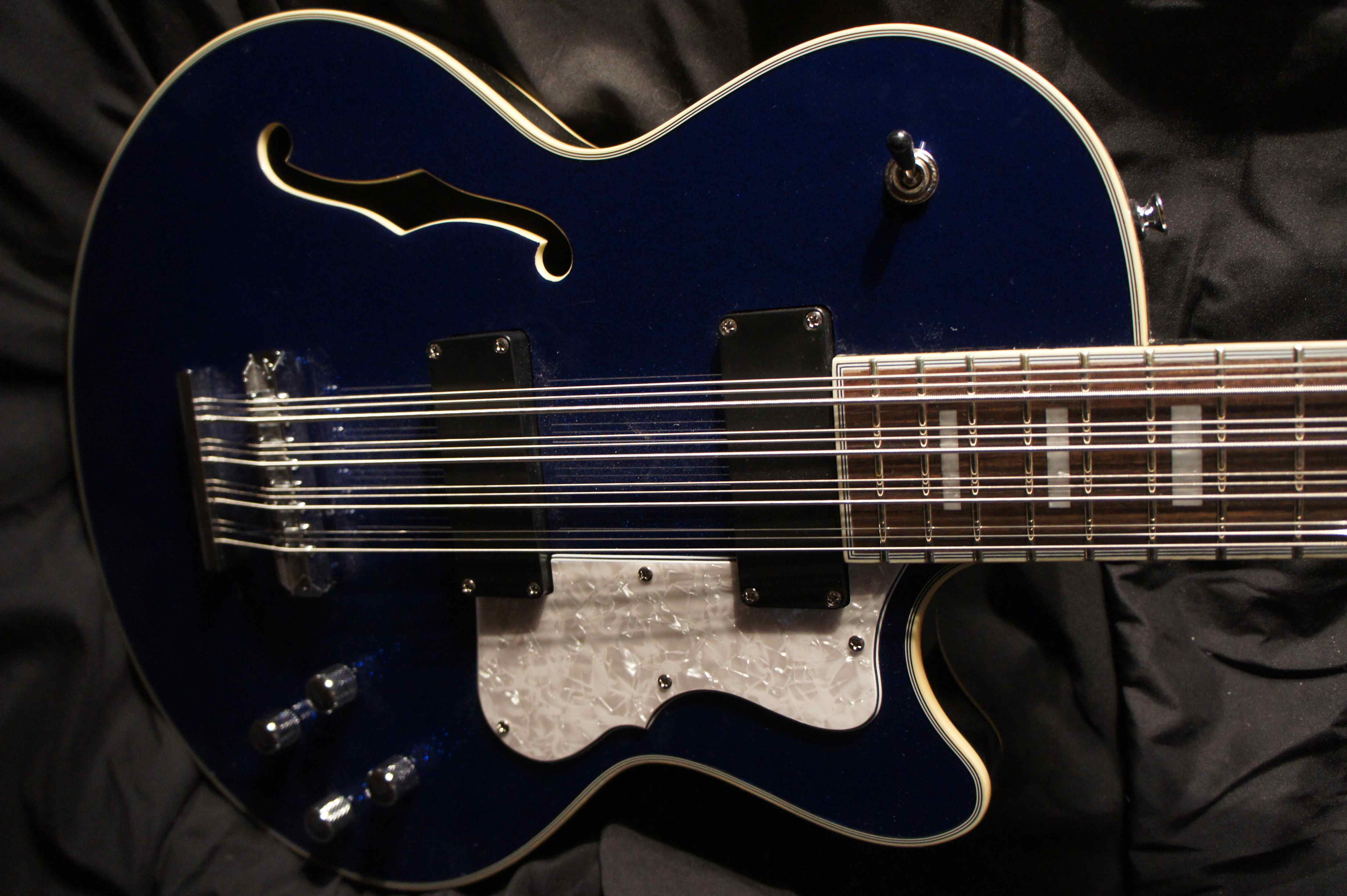
The neck width at the nut usually differs from model to model. However, these are pretty rare to find and are only done by custom order. At the same time, you can also find some extra-long-scale 4-string bass guitars that measure 36 inches. For instance, there are plenty of short-scale basses that are only 30 inches. Although the 1930s bass, the Audiovox Model 736 Bass Fiddle, had a scale length of 30.5 inches, the established standard is 34 inches. Pop, funk, fusion jazz, funk, hard rock, heavy metal – a 4-string bass was in all of it, one way or another.Ĥ-string basses are pretty much how it all started, and their standard scale length is almost unchanged from the old days back in the 1950s. This also goes for all of the other genres that emerged over the coming decades. Blues and rock ‘n’ roll bands couldn’t go without a 4 string bass guitar. From the 1950s and onwards, their use slowly started shifting, and so did the music landscape. In the earliest days, back in the 1930s, a horizontally-held bass served to completely replace double basses in big bands. At this point, it’s an essential part of almost every band out there, no matter the genre. They were also much more practical, compact, and had frets, which made the performance much easier.Īfter Leo Fender’s success, other companies worked off of this concept and began making 4 string basses. Firstly, their solid body design significantly reduced the chances of unwanted feedback. Leo Fender designed his first Precision Bass model and started manufacturing it under his famous brand.Īlthough bass guitars took the same tuning from upright basses (E, A, D, G), they came with a few advantages. It wasn’t until the early 1950s that this concept started getting more attention. However, this one didn’t really achieve commercial success. Featuring one pickup, this Model 736 Bass Fiddle was made under his company Audiovox, along with their specially designed amplifier. The first solution came in the 1930s when Paul Tutmarc designed and started making horizontally-held electric fretted basses. Having no frets was also a challenge for loud contemporary bands.

Although an essential part of orchestras, it was usually considered too bulky and impractical.


 0 kommentar(er)
0 kommentar(er)
